Introduction
Have you ever wondered how the age-old railway system can keep up with our rapidly evolving digital world? Enter the era of Smart Railways – a groundbreaking shift redefining the very essence of rail travel. It’s a world where traditional tracks meet cutting-edge Digital Rail Networks and Advanced Railway Technology.
But what exactly makes a railway ‘smart’? And how do Data Analytics and modern tech like AI and IoT come into play?
Smart Railways aren’t just a futuristic concept; they’re here, transforming our travel experiences today. They cleverly weave Data Analytics into the fabric of Rail Transport Operations, making journeys more efficient and safer. Imagine Trains that predict their own maintenance needs or stations that provide real-time updates, all thanks to the wonders of technology.

But this raises some questions: Can these high-tech solutions truly address the longstanding issues of railway systems?
Is the future of sustainable and efficient transport tied to the development of Smart Railways?
Alright, let’s delve into what Smart Railways mean for us. It’s like we’re stepping into a new chapter in travel, where everything from the click of the ticket gates to the hum of the train is part of a larger, smarter network. We’re not just passengers anymore; we’re part of a more connected and sustainable journey. With Rail Safety Technologies watching over us and Eco-Friendly Train Systems beneath our feet, every trip we take is a step into a safer, cleaner future.
So, are you ready to discover how Smart Railways are using Data Analytics and technology to not just smarten up our trains but also pave the way for a greener, more connected future in rail travel?
Let’s start this fascinating journey together.
The Concept of Smart Railways
For a minute, let’s talk about smart railways. Imagine our traditional trains receiving a modern makeover. It’s about smarter, more connected travel, not just about quicker trains. Imagine a future in which data analytics supports your train travel, eliminating delays and malfunctions altogether.
At the heart of Smart Railways is a blend of Advanced Railway Technology and good old tracks. It’s like giving our railways a brain, powered by Big Data Analytics and the Internet of Things (IoT). This means trains that know when they need maintenance before even the engineers do, and stations that update you in real-time about your journey.
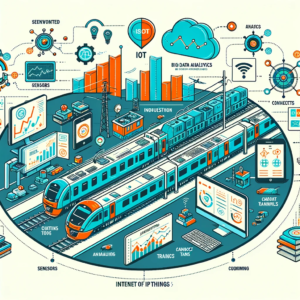
But it’s more than just fancy tech. Smart Railways are about creating safer, greener travel experiences. Think of trains that use Sustainable Rail Transport practices to lessen their environmental impact. And with top-notch Rail Safety Technologies, these smart systems keep an eye out for us, ensuring each journey is as safe as possible.
Transitioning to Smart Railways isn’t a walk in the park, though. It’s a journey dotted with challenges like funding, tech upgrades, and cybersecurity. But the destination? A future where our train rides are efficient, eco-friendly, and impressively smart. That’s the big picture of Smart Railways we’re heading towards.
Here’s a detailed look at the various aspects:
1. Integration of Advanced Technologies:
-
Internet of Things (IoT):
It’s like every part of the railway – trains, tracks, signals, you name it – is having a continuous conversation. Smart Railways use IoT to make this happen, allowing for real-time data gathering and monitoring.
-
Big Data Analytics:
Picture tons of data from railways being crunched and analyzed. This is where Big Data Analytics steps in, helping to fine-tune operations, foresee maintenance needs, and ramp up safety.
-
Artificial Intelligence (AI) and Machine Learning:
AI isn’t just a buzzword here; it’s the brainpower behind things like knowing when a train might need a fix-up or streamlining how trains run. Plus, it’s even transforming customer service with smart chatbots and info systems.
-
Cloud Computing:
This is the unsung hero providing the storage and processing muscle, ensuring all these tech pieces work together seamlessly in the railway network.

2. Automated and Improved Decision-Making:
- Think of Smart Railways as having a super-smart assistant that uses advanced algorithms to make quick, smart decisions, cutting down on human errors and boosting how well everything runs.
3. Enhanced Safety and Security:
- AI and machine learning here are like vigilant guardians, spotting safety risks before they become problems. Add to that some high-end surveillance and monitoring, and you’ve got a safer travel experience.
4. Efficient Traffic Management:
- Using real-time data and clever predictions, Smart Railways keep trains running punctually and as often as needed, making our travel smoother and less hassle-filled.
5. Improved Passenger Experience:
- Thanks to digital updates and services, passengers get the latest info right at their fingertips. And with smart ticketing and easy connectivity, the whole journey feels like a breeze.
6. Energy and Environmental Management:
- Smart Railways do more than just embrace technology; they’re also big on being kind to our planet. It’s not all about high-speed trains and high-tech systems; there’s a strong eco-conscious side to it. They’re finding smarter ways to use energy and reduce those Carbon Footprints. It’s like our railways are not only getting brainier but also greener, showing us that progress and environmental care can go hand in hand.
7. Challenges and Future Potential:
- Sure, shifting to Smart Railways means big investments, tackling cybersecurity, and having the right tech talent on board. But the future’s bright – think autonomous trains and even deeper AI integration.
Key Components of Smart Railways
Think of Smart Railways as a bit like a tech-savvy friend who knows a thing or two about trains. As we explore deeper, we’ll see that it’s all about the key components that fit together perfectly. Imagine each part – the tracks, the trains, the signals – all getting a smart tech makeover. Thanks to Data Analytics, Advanced Railway Technology, and the Internet of Things (IoT), every piece plays its part in making our train journeys smoother, safer, and a whole lot smarter.
Let’s break down these components and see how they work together to turn our regular train rides into something out of a futuristic movie:
1. Predictive Maintenance:
Within the advanced landscape of Smart Railways, Predictive Maintenance represents a shift towards anticipatory action. Instead of reacting to breakdowns, we’re anticipating them. It’s like having a smart assistant that tells us when parts of the train or track need attention. This foresight comes from Data Analytics, which helps spot maintenance needs early on. So, we’re fixing small issues before they turn into big problems, keeping everything running smoothly. It’s this kind of smart planning that makes our rail journeys more reliable and our trains last longer, which is essential for providing excellent rail service.
2. Enhanced Safety Measures:
Employs Advanced Railway Technology and AI in Rail Transportation for real-time hazard monitoring and automated safety responses, ensuring high safety standards in Smart Railways.
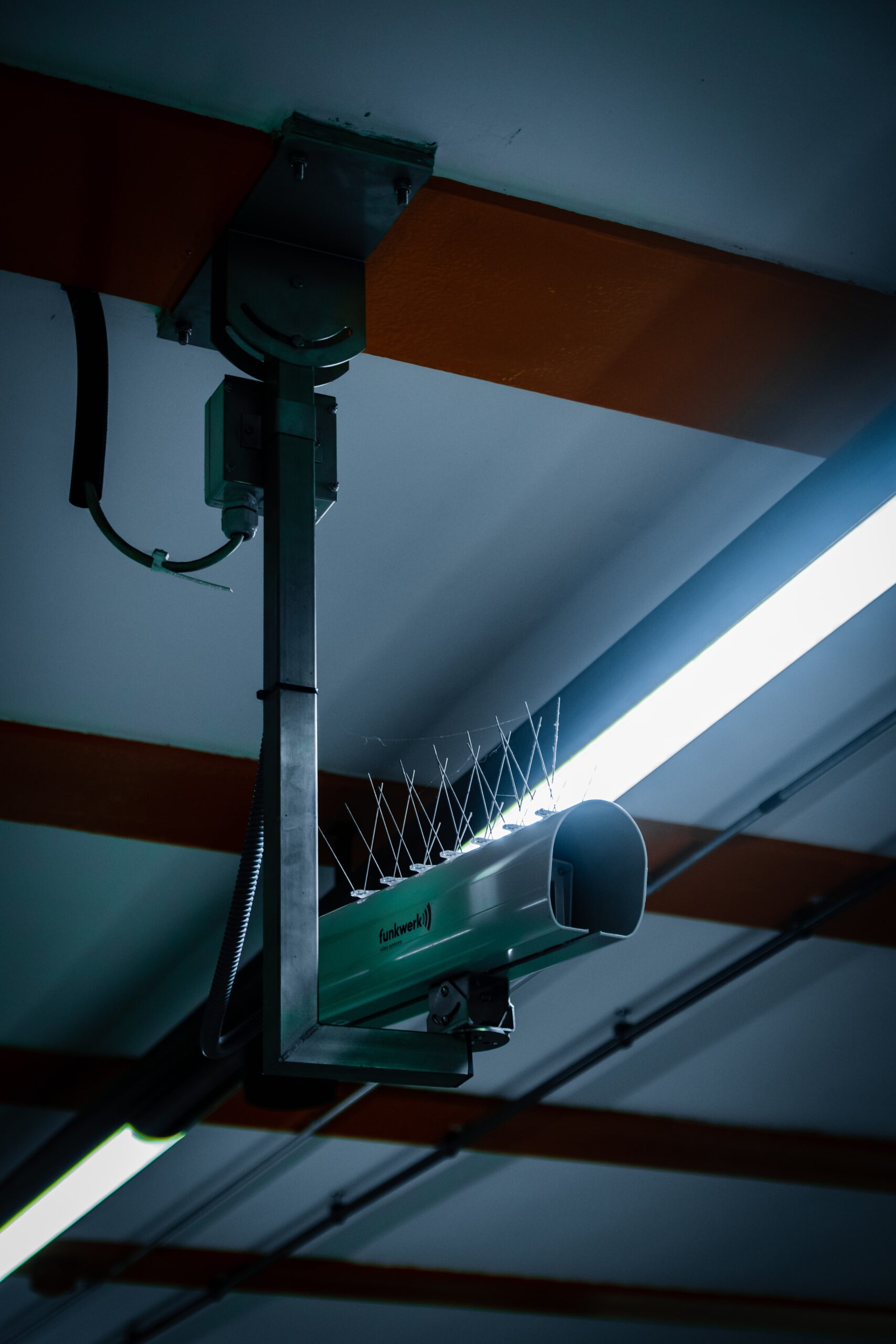
3. Efficient Traffic Management:
Involves Data Analytics and Big Data Analytics in managing train schedules and track usage, optimizing the flow of trains, and reducing delays in Smart Railway systems.
4. Passenger Information Systems:
Offers real-time updates and information to passengers using Digital Rail Networks, significantly improving the travel experience on Smart Railways.
5. Energy Management:
Smart Railways adopt smart technologies for energy optimization, contributing to eco-friendly operations and sustainable rail transport.
6. Smart Ticketing and Payment Systems:
Digital and contactless ticketing solutions enhance passenger convenience, reflecting the innovative integration of technology in Smart Railways.
7. Connectivity and Onboard Services:
Enhanced connectivity, including Wi-Fi and real-time journey information, improves the passenger experience, demonstrating the customer-centric approach of Smart Railways.
8. Infrastructure Management:
Advanced systems for monitoring and managing railway infrastructure, ensuring optimal performance and safety in Smart Railway operations.
9. Accessibility and Inclusivity:
In designing Smart Railways, we put a big emphasis on accessibility. It’s vital for us that everyone, especially passengers with disabilities, finds their travel experience not just doable, but effortless and enjoyable. This kind of inclusive thinking is what sets modern railways apart. We’re not just linking destinations; we’re bridging gaps between people of all abilities. It’s about ensuring that every journey is not only smooth but also respectful and accommodating for everyone.
10. Sustainable Methods and Environmentally Friendly Solutions:
Exploring the concept of Smart Railways takes us beyond just their prowess in energy efficiency. It’s a deeper, richer story. There’s a whole other layer to it – their commitment to the environment. These railways are adopting eco-friendly materials and practices, showing they’re serious about sustainability. It’s as though they’re not just running on their rails but also on a strong promise to take care of our planet.
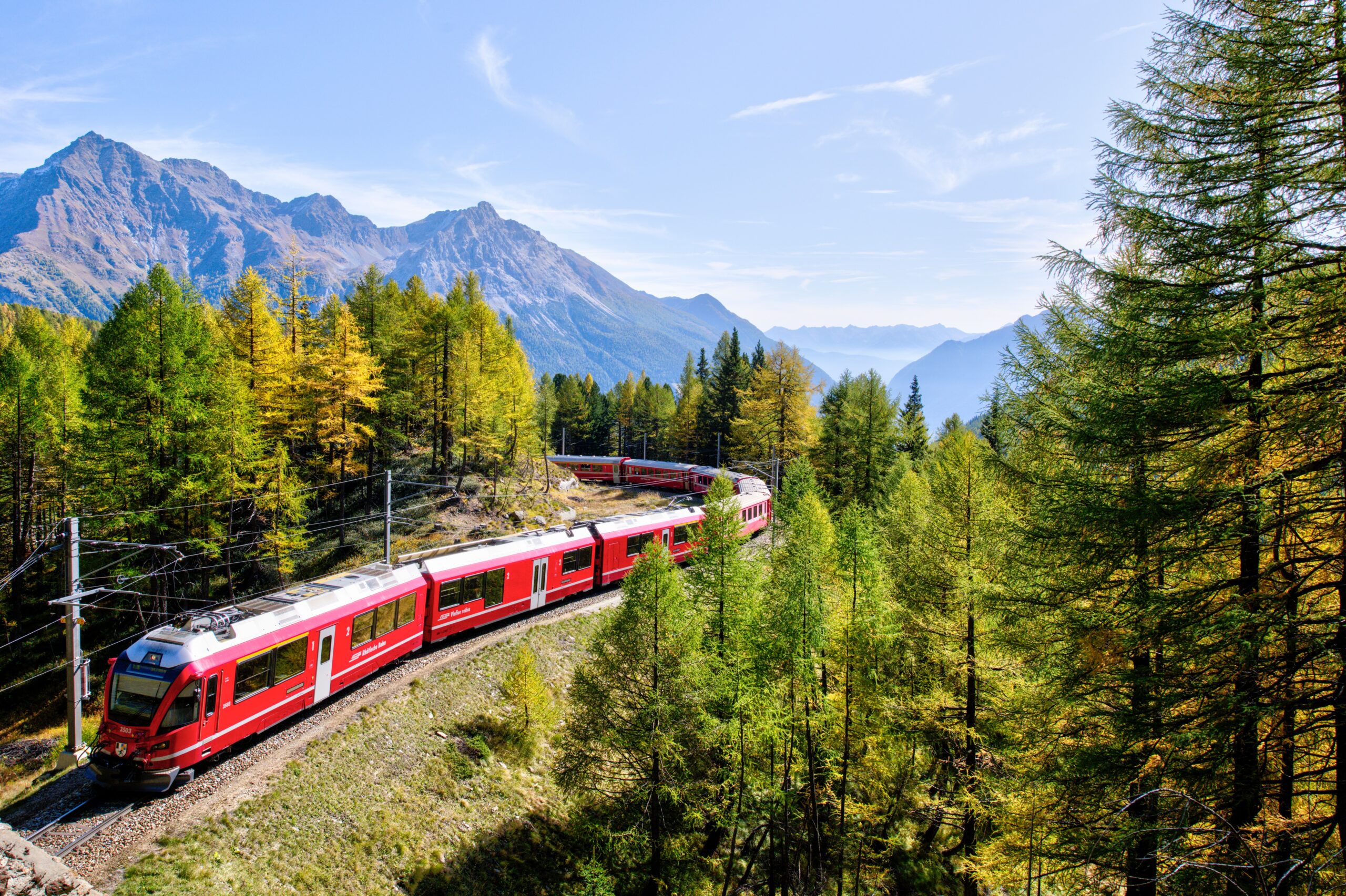
This step towards being more environmentally friendly reflects the deeper purpose of these modern rail systems: they’re not just about transport, they’re about transporting us into a more sustainable future.
Benefits of Smart Railways
As we embrace the digital era, Smart Railways are leading a revolution in rail transport. These systems, enhanced by Data Analytics, Advanced Railway Technology, and Sustainable Rail Transport methods, are not just about upgrading trains or tracks; they represent a holistic transformation. Smart Railways combine efficiency, safety, and sustainability, setting new standards for how we travel by rail. Consider this: the benefits of these modern railway systems stretch far and wide. They’re not just fine-tuning the way things run; they’re also enriching our journeys and stepping up to protect the environment. It’s a broad and varied impact that shows the depth of what Smart Railways can do.
Now, let’s take a closer look at what these benefits mean. We’re going to see how Smart Railways are doing more than just changing our trains and tracks – they’re revolutionizing the way we travel, making it smarter, safer, and kinder to our planet. It’s a journey into the future of transportation, and it’s packed with some pretty exciting stuff.
1. Enhanced Operational Efficiency:
Smart Railways utilize Data Analytics and Advanced Railway Technology to optimize everything from train scheduling to resource allocation. This leads to a significant increase in operational efficiency, with fewer delays and a more reliable service.
2. Improved Safety Standards:
The integration of AI in Rail Transportation and Big Data Analytics helps in predicting and mitigating potential safety hazards. This proactive approach in Smart Railways ensures higher safety standards, contributing to a safer travel environment.
3. Sustainable and Eco-Friendly Operations:
Embracing Sustainable Rail Transport methods, Smart Railways are at the forefront of eco-friendly travel. Utilizing renewable energy and implementing energy-saving technologies, play a pivotal role in reducing the carbon footprint of transportation.
4. Enhanced Passenger Experience:
With real-time updates, digital ticketing systems, and improved onboard services, Smart Railways offers a vastly improved passenger experience. Data Analytics plays a crucial role in personalizing and enhancing the journey for each passenger.
5. Cost-Efficient Operations:
The automation and improved decision-making processes in Smart Railways, driven by Data Analytics, lead to significant cost savings in maintenance, energy consumption, and overall operations.
6. Increased Accessibility and Inclusivity:
Smart Railways prioritize making travel accessible and comfortable for all, including passengers with disabilities. This focus on inclusivity is a hallmark of modern transportation systems.
7. Seamless Integration with Smart Cities:
These railways integrate seamlessly with other smart city infrastructures, contributing to a cohesive and efficient urban transportation network.
8. Data-Driven Continuous Improvement:
The ongoing collection and analysis of data in Smart Railways allow for continuous improvements in services and operations, ensuring that the railway systems evolve and adapt to changing needs and technologies.
Global Innovations
Smart Railways in Action Around the World
As we delve into the world of Smart Railways, real-world examples offer powerful insights into how these technologies are being applied globally. From high-speed networks in Asia and Europe to innovative projects in North America and beyond, these examples bring to life the concepts we’ve discussed. They showcase not only the technological advancements in rail transport but also how different regions adapt these technologies to meet their unique needs and challenges.
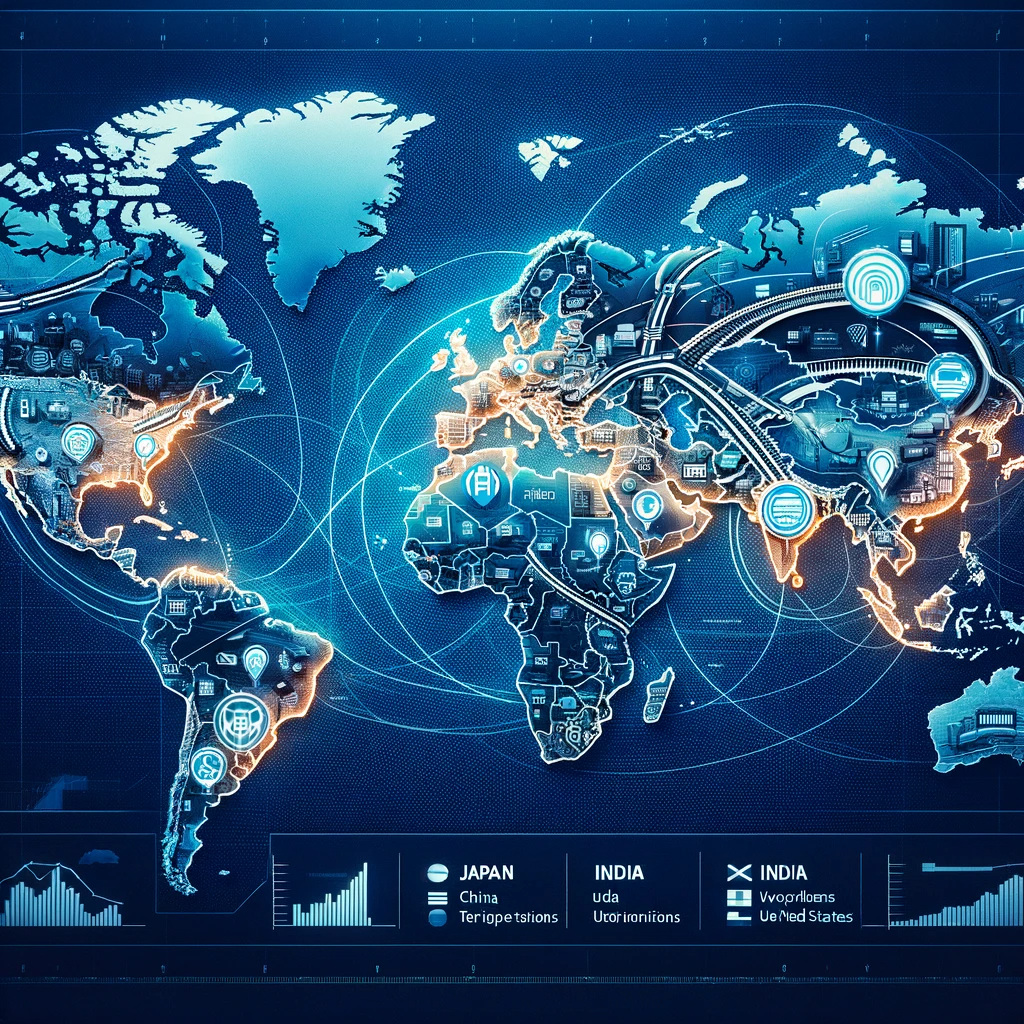
Let’s explore some standout examples of Smart Railways in action, illustrating the remarkable impact they have on efficiency, safety, sustainability, and passenger experience.
1. Japan’s Shinkansen (Bullet Train):
How about we take a minute to marvel at Japan’s Shinkansen? It’s not just about the speed – this train system is a shining example of precision and safety. The technology behind these trains is just as fascinating. It covers everything from seamless train operations to robust safety measures, especially during earthquakes.
2. European Rail Traffic Management System (ERTMS):
Additionally, Europe has the ERTMS. Transnational travel is now safer and more effective than ever because of this unifying factor for rail networks throughout several nations.
3. China’s High-Speed Rail Network:
China’s vast high-speed rail network is equally astonishing. It’s more than just its sheer size – it’s the smart integration of advanced technology and efficient management that sets it apart. This network is setting a new benchmark in high-speed rail globally.
4. India’s Semi-High Speed Rail – Vande Bharat Express:
Ever come across the Vande Bharat Express in India? It’s not just about speed. This train is a real showcase of how far India has come in railway technology. It feels like we’re getting a sneak peek at the future of smarter train travel.
5. Amtrak’s Acela Express in the United States:
Have you found any information regarding the Acela Express in the United States? It’s transforming American rail travel. This train is a blend of speed and comfort, topped with the latest tech. It’s a clear indicator of the progress in U.S. railway systems.
6. Crossrail/Elizabeth Line in the United Kingdom:
Ever taken a glimpse at the Crossrail in London, also known as the Elizabeth Line? It’s far from just another train route. This project is breaking new ground, seriously. It’s using advanced tech to massively boost capacity and reliability, totally changing how we think about urban rail travel.
7. Sweden’s Green Train (Gröna Tåget):
And Sweden’s Green Train project is all about eco-friendly innovation. It’s not just about speed; it’s about creating trains that are both fast and gentle on the environment, even in cold climates.
Challenges and the Road Ahead
As we delve deeper into the realm of Smart Railways, it’s essential to adopt a Balanced Perspective. While the integration of Advanced Railway Technology and Railway Digitalization has propelled rail systems into the future, challenges remain.
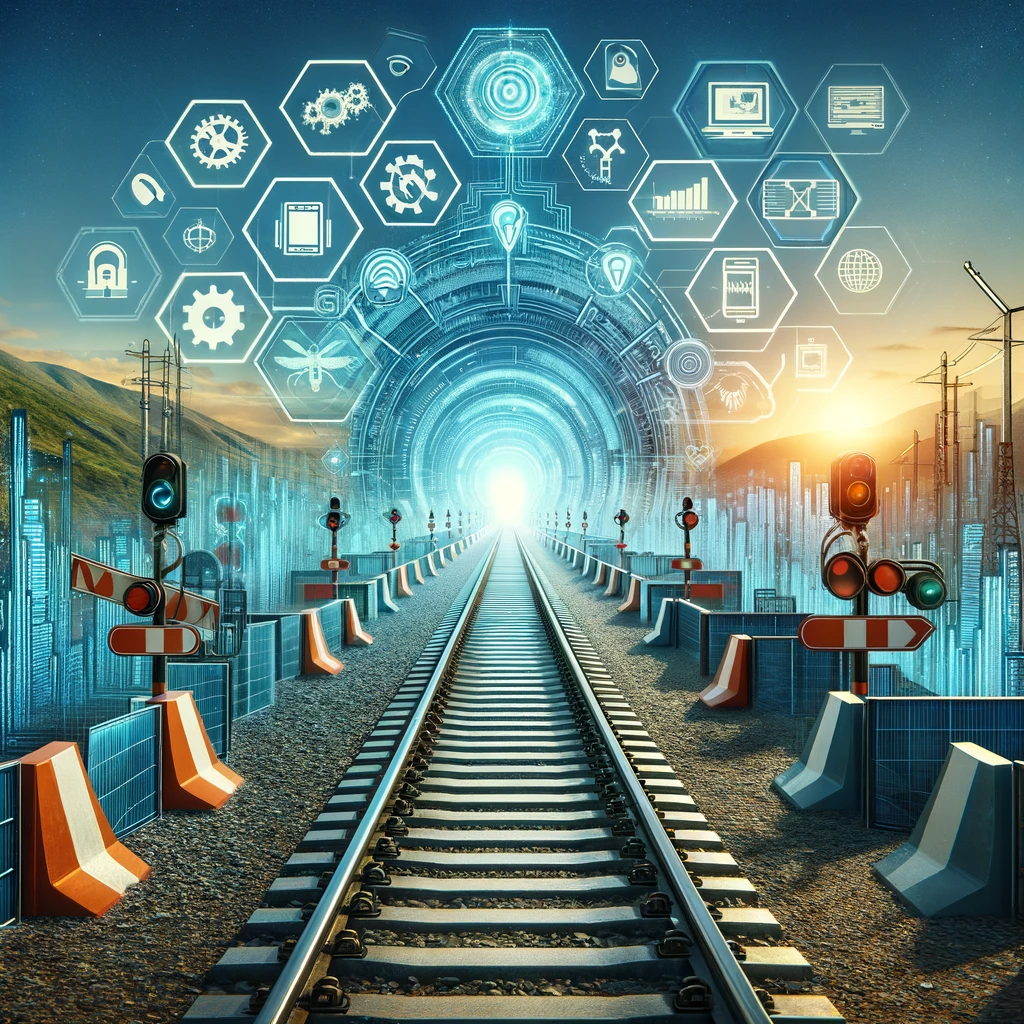
1. Engagement with Real-World Issues:
A primary challenge is the sophisticated management of Data Analytics. Smart Railways must efficiently process and analyze vast data volumes from Intelligent Train Systems and High-Speed Rail Networks. This includes ensuring robust Railway Cybersecurity to protect against data breaches and cyber threats, a growing concern in our digital era.
Future Focus is on enhancing Rail Transport Innovation. Data Analytics is pivotal here, especially in predictive maintenance and real-time decision-making. However, the challenge lies in the accuracy and speed of these systems, essential for maintaining Rail Safety Technologies and Efficient Traffic Management.
2. Opportunities for Solutions:
Addressing these challenges opens doors to innovative solutions. For instance, advancing Big Data Analytics can further optimize Rail Network Efficiency and improve Passenger Information Systems. Similarly, investment in AI can enhance operational efficiency and passenger experience.
3. Policy and Investment Insights:
A significant hurdle is securing the necessary funding and policy support. This includes investments in infrastructure to support Data Analytics and Railway IoT. Governments and private entities need to collaborate to make Smart Railways a sustainable and efficient reality.
4. Global Context:
Globally, different regions face varying challenges. While some may grapple with implementing Sustainable Rail Transport, others may focus on integrating Smart Ticketing and Payment Systems. The key is to learn from each region’s experiences and apply successful strategies on a global scale.
Looking ahead, the road for Smart Railways is promising yet demanding. The focus will likely shift toward even more advanced data-driven technologies, autonomous operations, and deeper integration with Smart Cities. However, overcoming the present challenges is crucial for paving this future, where Smart Railways not only revolutionize travel but also lead the way in sustainability and innovation.
Conclusion
As we journey through the evolving landscape of Smart Railways, it becomes clear that this innovation is more than just a fleeting trend. It’s a transformative movement, reshaping the very fabric of how we perceive and experience rail travel. From the integration of Advanced Railway Technology to the pivotal role of Data Analytics, Smart Railways stand at the forefront of a transportation revolution.
The global examples, ranging from the precision of Japan’s Shinkansen to the expansive reach of China’s High-Speed Rail Network, showcase the diverse applications and immense potential of Smart Railways. As these systems blend Railway Digitalization, Big Data Analytics, and Intelligent Train Systems, they pave the way for more efficient, safe, and sustainable transportation.
However, as we’ve explored, challenges such as implementing Sustainable Rail Transport methods and ensuring robust Railway Cybersecurity are part of this journey. Overcoming these obstacles with innovative solutions, policy support, and continued investment in Railway IoT and Data Analytics is crucial for the future growth of Smart Railways.
As we stand at this crossroads, the road ahead for Smart Railways is both exciting and demanding. The continuous advancement in Data Analytics and AI promises to not only enhance operational efficiency but also revolutionize passenger experiences and environmental sustainability.
Call to Action
But what does all this imply to you, my respectful reader? Whether you’re an avid environmentalist, a computer geek, or just a naturally curious person, everyone has a role to play in this incredible trip. We kindly encourage you to take part in stimulating discussions on the future of Smart Railways, find out more about them locally, and possibly even become an advocate for their progress.
The narrative of Smart Railways encompasses more than just technology; it’s a story of global advancement and shared responsibility. Thus, let’s all fully embrace this exciting future, in which every adventure we take brings us one step closer to a world that is smarter, greener, and more linked.


